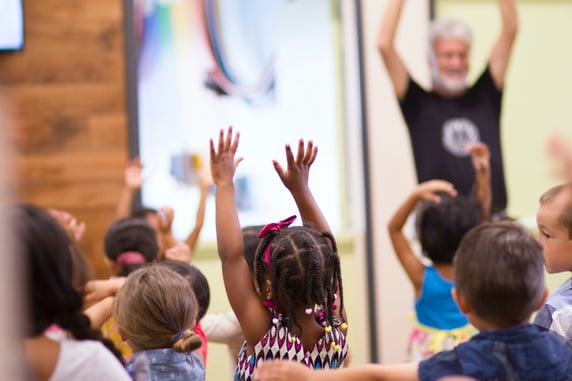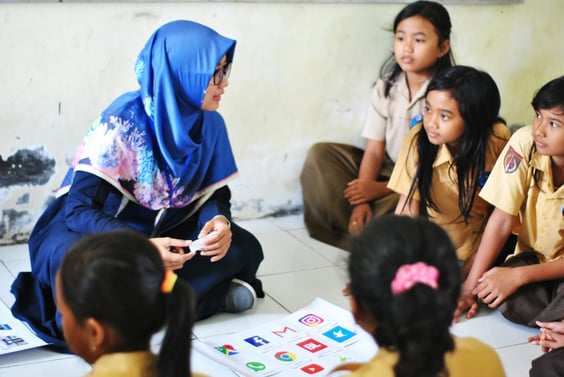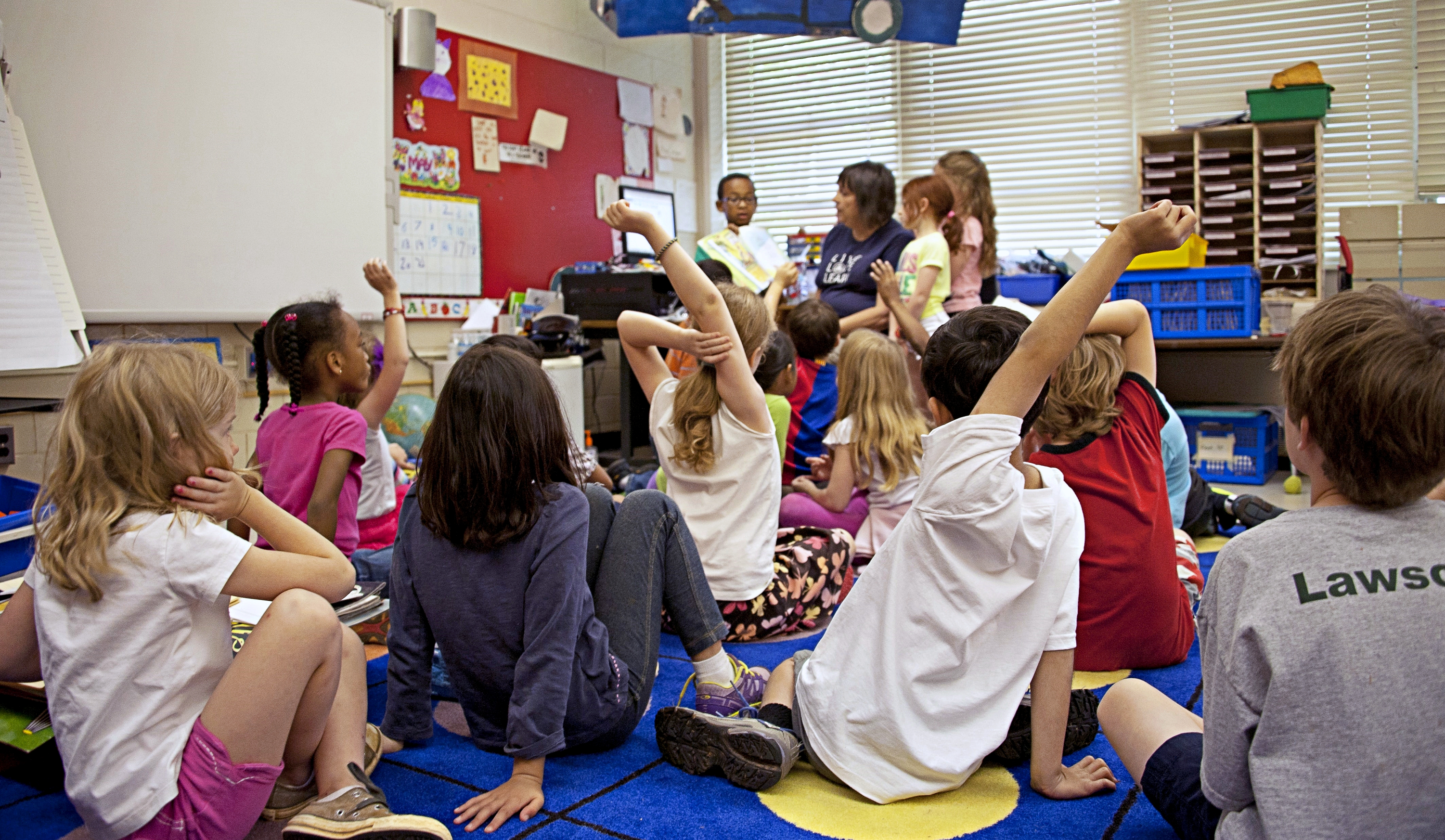Learning a second language helps you to communicate with more people, understand different cultures, and improve your cognitive abilities. It can even give you an advantage in the job market. However, becoming fluent in a language takes time, practice, and patience. It is more like a marathon than a sprint, even if we start early when children seem to learn everything effortlessly.
There are five distinct stages that learners go through as they develop their language skills. These are called the five stages of second language acquisition. Understanding these stages will help you to support your learners according to their stage. Let’s look at each of these stages in more detail.
Stage 1: Preproduction
The first stage is the preproduction stage, also known as the silent period. During this stage, learners are mostly listening and observing. They may not yet be comfortable trying to speak in the new language, but oftentimes will use gestures such as nodding or pointing to engage and communicate. Some learners at this stage may repeat words or phrases after the teacher, but they may not yet understand the meaning of what they are saying.
Despite the lack of (independent) language production, learners are not idle during this stage; they are memorizing and building up their vocabulary and grammar, and slowly they begin to recognize commonly used words, phrases, and sentences. That is why it’s important to keep talking to the learners and using the language over and over in various situations and activities even if the learners are mostly silent. Total Physical Response games and other activities where the learners don’t need to speak are great at this stage. Preproduction is an essential stage for building a strong foundation in the new language, especially with young children, and it can last from a few weeks to months or even a year depending on the learner.

"Raise your hands!" Total Physical Response is great at the preproduction stage.
Stage 2: Early Production
During the early production stage, learners begin to produce simple words and phrases and repeat more readily after the teacher. They use fixed expressions such as greetings, memorized vocabulary, and simple sentence structures to communicate, supported by gestures and facial expressions. They can also understand simple commands and questions.
During this stage, learners are often starting to feel more confident in their ability to use the new language. The language becomes more familiar, and being able to understand and to be understood is motivating and exciting. A relaxed atmosphere, engaging learning activities and plenty of encouragement will help keep the motivation high.
Stage 3: Speech Emergence
The third stage is speech emergence. During this stage, learners become more comfortable using the new language. They begin to understand more of what they hear, and they can express their ideas in simple sentences and engage in short conversations. They also make errors in their speech, but they are able to understand more complex language.
During the speech emergence stage, learners need plenty of chances to produce the language themselves. Games and activities that tie the language to the learners’ own lives and that require speaking and active participation will keep learners engaged and focused. And when they inevitably make mistakes, gentle correction and encouragement will help learners focus on their learning and not be discouraged by the mistakes.

Feedback should be gentle and encouraging to keep learners motivated.
Stage 4: Intermediate Fluency
During the intermediate fluency stage, learners can understand and produce more complex sentences and ideas. They are able to engage in longer conversations and express their opinions. They also have a larger vocabulary and can use idiomatic expressions. At this stage, learners start to feel more comfortable in social situations where the new language is spoken.
Although the rate of language learning is individual, it usually takes at least a couple of years for learners to reach the intermediate fluency stage, and they may spend a few more years moving through this stage. Therefore, if you teach very young learners, they most likely won’t reach this stage while in your care.
If you do have learners on the intermediate fluency stage, activities where they can express and explain their opinions will give them a chance to practice creative use of the language and to push themselves in terms of their language production. For example, you could have the learners read a short story and share their opinion of it, or you could ask them to make a short presentation or write a short essay about a topic that interests them.
Stage 5: Advanced Fluency
The final stage is advanced fluency, where learners are able to communicate at a native or near-native level in the new language. They have a deep understanding of the language and can use it in a wide variety of contexts. They can understand and participate in complex discussions, read and write at a high level, and use the language in professional settings. They can also understand different regional accents and dialects. This stage can take several years to achieve, and learners often feel a sense of pride and accomplishment as they reach this level of proficiency.
The speed of learning may seemingly slow down at the advanced and, to an extent, the intermediate fluency stage. That is because by this stage, the broad strokes of the language have been learned, and the focus is now on the details that help to make language use more fluid and on-point. During this stage, language learning goes beyond the basic vocabulary and structure of the language and includes ways of making language use more impactful. Activities that highlight the nuances of the language and challenge learners in their language production help them hone their skills at this level. For example, you could arrange group debates on topics chosen by the learners or have them analyze a text based on a chosen theme.

At the advanced fluency stage, learners are able to communicate at a high level.
Acquiring a second language is a dynamic process that requires time, patience, and practice. By understanding the five stages of second language acquisition, learners can better prepare themselves for the journey ahead while teachers can tailor their instruction to meet learners’ needs and help them progress to the next stage. Each stage presents unique challenges and opportunities for growth. With persistence and dedication, anyone can become fluent in a second language. It is important to remember that progress may not always be linear, and learners may experience setbacks along the way. However, by staying motivated and focused, learners can achieve their language learning goals and reap the many benefits of speaking multiple languages.
Moomin Language School is a play-based early language learning program for learning organizations. Would you like to try it out for yourself? Apply for a free trial month here:
.



